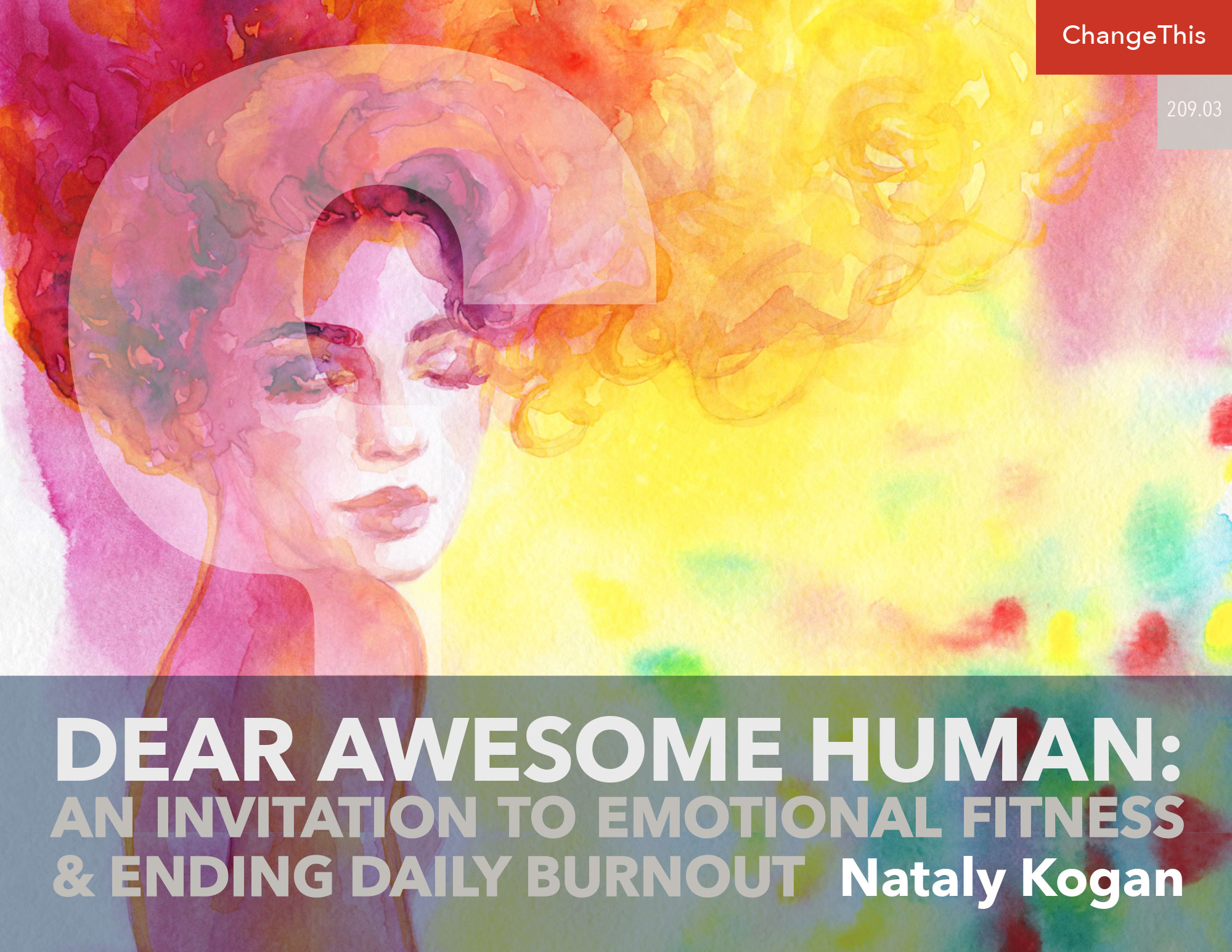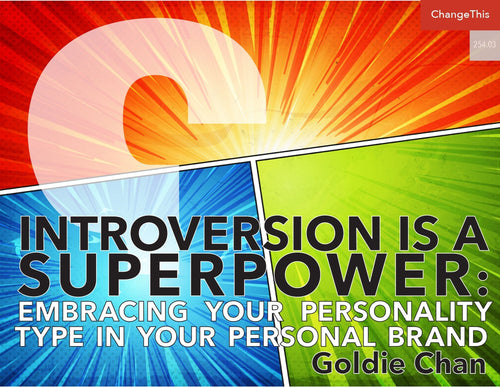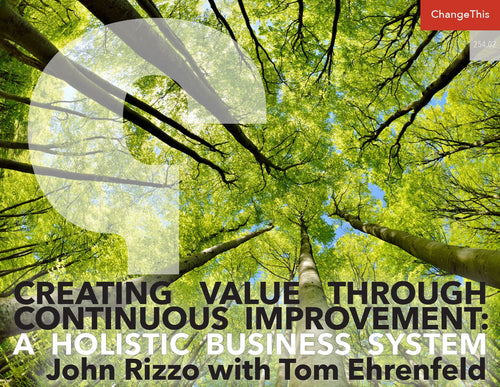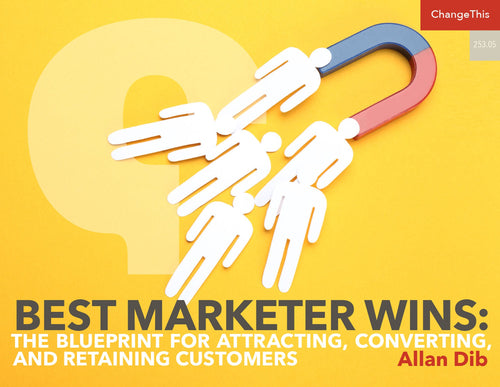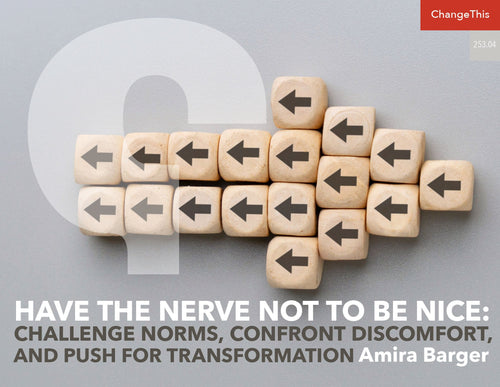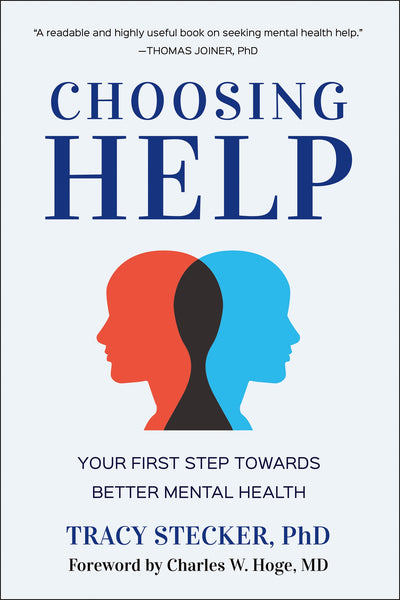Dear Awesome Human: An Invitation to Emotional Fitness and Ending Daily Burnout
Dear Awesome Human,
Did your brain just go: What?! I am not awesome! I’m not good enough to be awesome; I haven’t done enough to be called awesome!
I get it. My brain used to do this a lot, too.
So I’m going to kindly but firmly talk back to your brain:
Being an Awesome Human has absolutely nothing to do with being perfect or reaching some made-up “enough” accomplishment metric!
Awesome Humans don’t seek perfection in themselves or their lives because they know it’s not possible. They treat themselves with self-compassion and courageously talk back to their brain when it offers them thoughts that make them feel like crap or get in the way of doing stuff that matters. They boldly embrace the ups and downs of life and their own emotions, including the difficult ones. (You’ll never see an Awesome Human trying to fake being tough or positive all the time.)
Awesome Humans are leaders—not because of their titles at work or even having a job but because they care about positively impacting other people’s capacity to thrive. But they know that they can’t give what they don’t have, so they make fueling their emotional, mental, and physical energy their number one priority (and learn to quiet their brain’s chatter when it calls this being selfish).
Being human is hard. Life is full of challenges, changes, and uncertainty. Sometimes your days can feel like a game of Whack-a-Mole. You’re just trying to get as much done as you can and run as fast as you can, and you can hardly keep up.
As if that weren’t hard enough, your brain is telling you all kinds of stories that cause you to struggle more.
You know the stories I mean:
You’re not good enough!
You’re not getting enough done! You should feel guilty for not working harder, not being a better parent, not remembering to call your friends and family on every birthday. And how dare you take a break when there is still dinner to cook, and you have ten more emails you need to send for work!
I didn’t have to use my imagination for these stories. They are the ones my brain tells me often. And I spent most of my life believing them and taking them to heart. I showered myself with harsh criticism anytime I made a mistake or didn’t live up to my impossibly high expectations. Every day felt like a race to accomplish more and to run away from the feelings of dread, stress, and utter overwhelm that hung over me.
But I was convinced this was the only way: to live a meaningful life and reach big audacious goals, you had to struggle. So I did! I even prided myself on being able to tough it out without wasting time on silly things like self-care.
That was for “the weak,” and I was strong: a refugee; an entrepreneur; and a successful woman in the male-dominated industries of venture capital, consulting, and tech. As a leader and a mom, I adopted the martyr mentality and believed that as long as I cared about the emotional and mental well-being of others and sacrificed my own for them, I was doing it right.
Until one day, I couldn’t run anymore. I’d completely burned out and had nothing left to give—not to my work, my family and friends, or myself. I didn’t have an ounce more of emotional, mental, or physical energy to keep going. This was the scariest time of my life. It’s not an exaggeration to say that I faced losing everything meaningful to me.
When I look back, I realize that I had been experiencing daily burnout for decades. Every day, I depleted my energy reservoir to almost empty. I rarely paused to fill it by taking a break, doing something that brought me joy, or even saying a kind word to myself. I didn’t feel I deserved to do this or had time for it.
Worse, I didn’t imagine there could be another way. I had become used to a certain degree of emotional pain and physical exhaustion, and that was my normal. Eventually, my daily burnout snowballed into an overwhelming burnout that I couldn’t just grit my way through.
Of course, I wanted to feel better. But I had resigned myself to the story that struggle was inevitable. My struggle, my exhaustion, my endless harsh self-talk were badges of honor. They reminded me that, yes, I was living a meaningful life and achieving important things.
I didn’t have the courage to pause and look within myself. I didn’t know how to recognize that I had a dysfunctional relationship with my brain, my emotions, and myself, and I had the power to change this dynamic.
You can change this dynamic within yourself. You CAN struggle less, even when life is difficult.
I want to share the life-changing lessons I learned as I found my way out of hopelessness and burnout. The first one, and perhaps the most important, is this:
Challenges in life are constant. But struggle is optional.
You CAN reduce how much you struggle daily. Challenge is what happens on the outside. Struggle comes from the mindset with which you approach life’s challenges; the way you treat yourself; and the relationship you have with your thoughts, emotions, and other people.
When you struggle less, you have so much more energy and capacity to work through the challenges life and work bring your way. And you can find ways to grow and evolve through tough times, not just survive through them. You embrace and unleash the Awesome Human within you.
To provide a preview, I want to give you a super-quick overview of the Happier Method™, which is at the foundation of your Awesome Human Project. I created this method to help myself heal from my burnout, although at the time, I had no idea I was creating a method, much less that I would eventually teach it to tens of thousands of people. But I’m so grateful that what I learned from my own challenges—and a lot of research—can help so many others, including you!
The Happier Method™ is based on three core principles.
1. CHALLENGE IS CONSTANT. STRUGGLE IS OPTIONAL.
Big or small, challenges are an inevitable part of life. Although you can’t control what or when challenges come your way, you can learn to struggle less through them. And when you struggle less, you have more energy, clarity, and capacity to work through them, help other people, and not just survive but thrive. Yep, even when times are really difficult!
How do you struggle less? By creating a more supportive relationship with yourself, your thoughts and emotions, and other people (a.k.a. strengthening your emotional fitness), which brings me to the second principle of the Happier Method™.
2. EMOTIONAL FITNESS IS A SKILL YOU CAN IMPROVE THROUGH PRACTICE.
Emotional fitness is not something lucky people have and unlucky ones don’t. It’s not a quality bestowed on us by our genes or life circumstances.
It’s a skill you can develop, cultivate, and improve.
Just as you can develop your physical fitness, you can develop your emotional fitness. But instead of your body, you’re training your brain—to help you navigate the roller coaster of life instead of causing you to struggle with all kinds of unhelpful thoughts.
And just so we’re clear from the start: Improving your emotional fitness is not about becoming tough or never having difficult feelings! Trying to “always be positive” only increases stress and anxiety. A key emotional fitness skill is learning how to embrace the full range of human emotions, including the difficult and uncomfortable ones, and support yourself to work through them with less struggle.
3. SMALL CHANGES = BIG IMPACT.
You don’t need to make dramatic life changes to struggle less and thrive more. You don’t need to put that kind of pressure on yourself because overcommitting only sets you up for failure. When we’re tired or stressed, our brain simply can’t give us the discipline to make huge changes.
Small shifts in mindset and in how you respond to your brain’s thoughts and emotions—including during your interactions with other people—can make a huge difference.
Every single moment, you have a choice to make small inner shifts to help yourself struggle less, even when you’re going through a difficult time or facing a tough challenge. The important thing is to make the choice to do it.
You can do it, and it will make a difference, I promise you.
You ARE an Awesome Human.
You aren’t broken, and you don’t need fixing.
You have so much goodness inside of you, and you have the capacity to bring it out so you can work and live with a greater sense of meaning, connection, and joy. Are you perfect? No way (no one would want that!). Do you have work to do, including a lot of talking back to your brain? Of course!
But that’s all part of embracing your Awesome Human and practicing this skill we call living.
Adapted from The Awesome Human Project.
Copyright © 2022 Nataly Kogan.
Published by Sounds True.
ABOUT THE AUTHOR
Nataly Kogan is a leading expert in emotional fitness and leadership, a keynote speaker, and the CEO of Happier Inc. After years of chasing a nonexistent nirvana in the corporate world—at companies like Microsoft and McKinsey—Nataly suffered a debilitating burnout. Her journey to discover how to live with less struggle led her to create a science-backed method she has taught to hundreds of thousands of people through books, virtual programs, and online courses. Learn more at happier.com.

